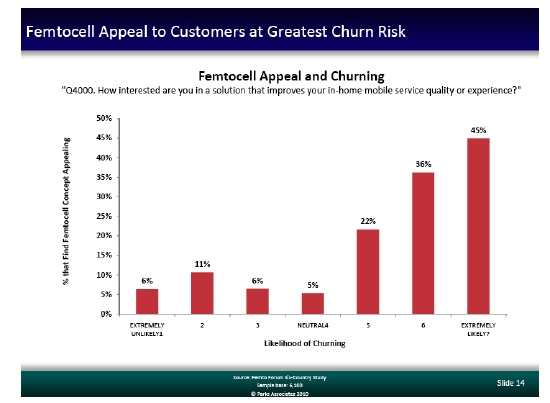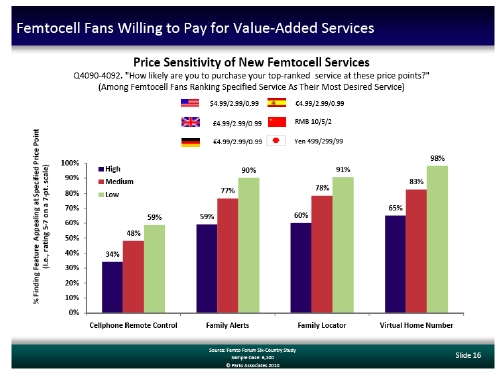The Global mobile Suppliers Association (GSA) has published an update to its Evolution to LTE report which confirms that 180 operators in 70 countries are currently investing in LTE. 128 firm operator commitments to deploy commercial LTE systems in 52 countries, and a further 52 “pre-commitment” trials or pilots in an additional 18 countries.
The report covers both LTE FDD and LTE TDD modes.
Seventeen operators have commercially launched LTE networks, in Austria, Denmark, Estonia, Finland, Germany, Hong Kong, Japan, Norway, Poland, Sweden, USA, and Uzbekistan.
The number of operators investing in LTE in deployments or trials has increased by more than 140% over the past 12 months. The number of countries where LTE systems are deployed or planned has increased by 85% in the same period.
At least 64 LTE networks are anticipated will be in commercial service by end 2012, according to the report.
LTE operator commitments are developing faster than they did for HSPA, which until now had been the fastest developing mobile communications system. By comparing the number of operator commitments 6 months and 12 months after first commercial system launches for HSDPA, HSUPA, HSPA+ and LTE respectively, LTE proves to be the fastest developing mobile communications system technology ever.
Alan Hadden, President of the GSA, said: “LTE made excellent progress in 2010 to become the fastest developing mobile system technology ever. We expect that the introduction of LTE systems and user devices will significantly quicken in 2011.”
Many operators invest in both HSPA+ and LTE. The success of HSPA/HSPA+ in delivering mobile broadband has fuelled demand to support more customers and provide even higher data throughputs, as well as support for new applications. The rapid increase in data traffic over the past 3 years, which is currently supported by HSPA and HSPA+ systems, is driving the interest in deploying LTE as quickly as possible.
The LTE eco-system is rapidly developing. User devices are now coming into the market in increasing numbers and addressing all product segments including USB modems/dongles, PC cards, routers, personal WiFi hotspots, smartphones, tablets, gaming devices, and more.
GSA also today announced plans to launch a new report “LTE User Devices” which will track and report on LTE product announcements. The first issue of this report will be published by GSA later this month.




